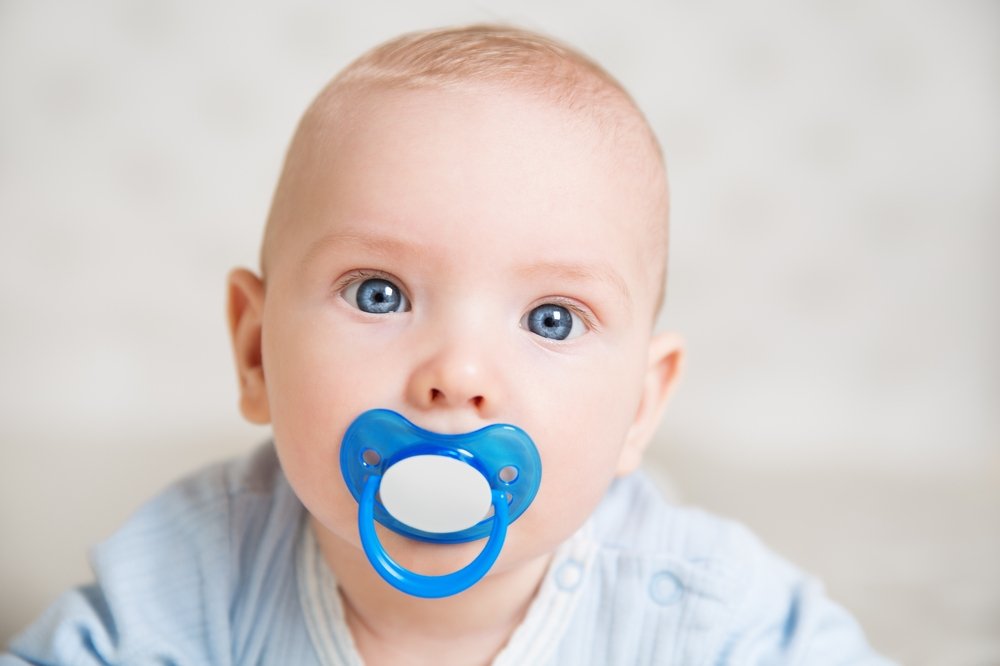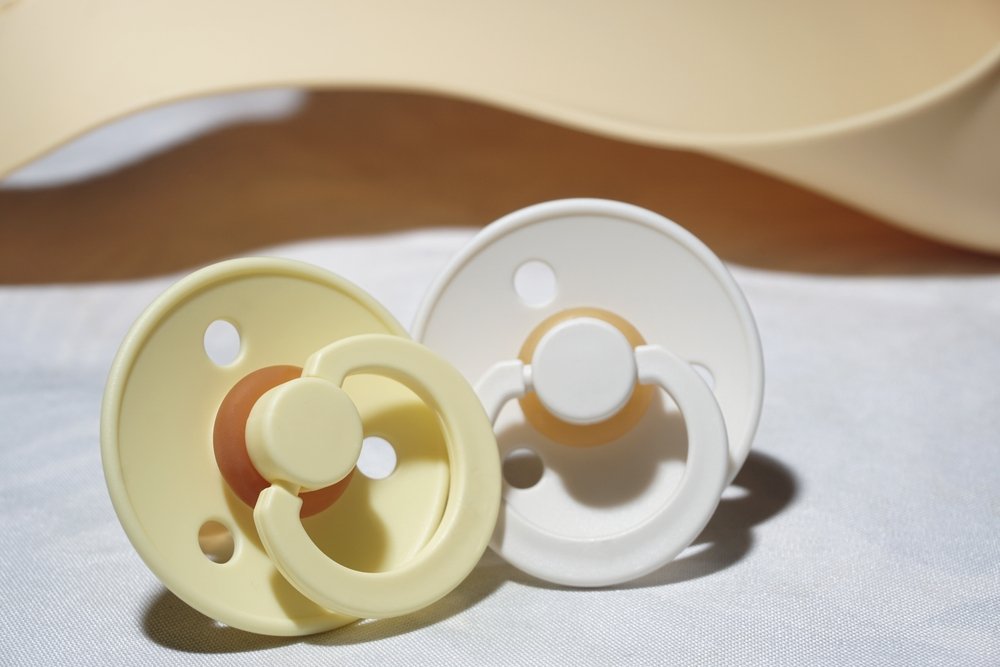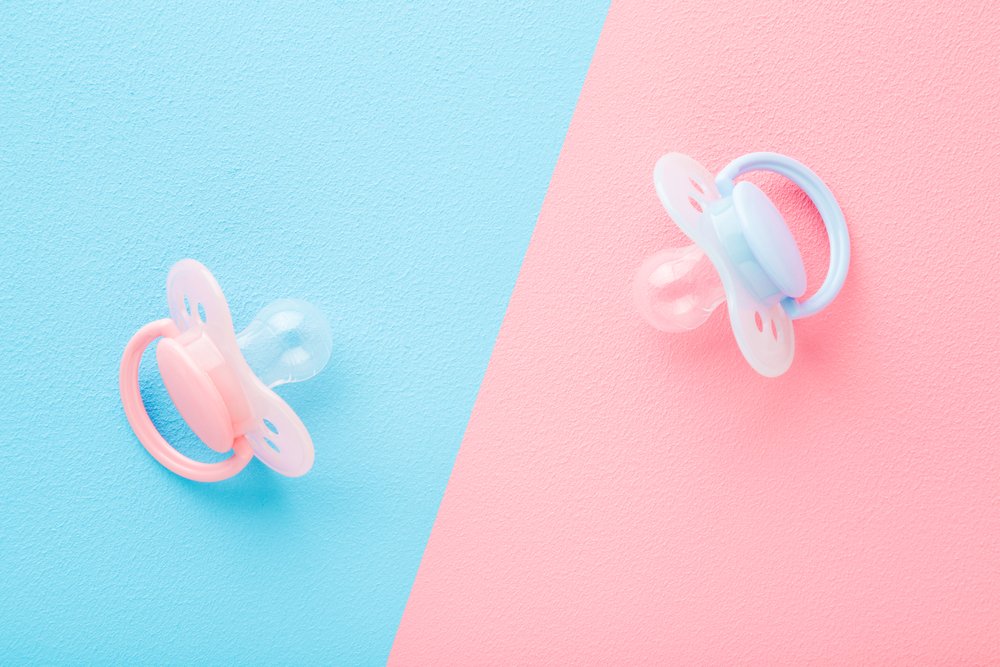If you choose to breastfeed your baby, experts advise caution when using a pacifier because it can affect babies’ ability to get needed nutrition from the breast. And the reason is not as simple as it seems. Many used to believe, and believe now, that a breastfed baby confuses the pacifier and the breast, which prevents him or her from eating well.
However, according to several studies, including scientists at Northeastern University, this is not the case: babies who already have a problem with the pacifier and nipple are more likely to confuse the pacifier and the nipple.
Researchers say most babies can switch from breast to pacifier and back without any problems, maintaining proper sucking technique.
But this does not mean that there are no problems when using a pacifier. That’s why moms need to know the pros and cons of using pacifiers before giving them to babies. Read and make an informed decision.
Pros of using a pacifier when breastfeeding

When moms decide to give their babies pacifiers, it means they found something good about it that made them believe it was the right decision for a breastfed baby. What are the perks of using a pacifier for babies and parents? Here are professionally sound reasons why mothers choose to give pacifiers to breastfed babies:
The pacifier does not make breastfeeding difficult for infants
If you can bide your time before introducing your infant to a pacifier so that he learns to take the breast well and properly for feeding, experts from the International La Leche League say: there should be no problem with breastfeeding or using a pacifier.
Replaces the breast in “maternal affliction”
Touchy-feely is a new term describing an old problem: it is very easy for young mothers to feel “touched” when babies demand the breast only for reassurance and comfort. In such cases, using a pacifier is a great way to provide comfort, giving moms a break. And all new mothers need that from time to time.
A pacifier can protect a baby from SVDS
According to the American Academy of Pediatrics, when babies are given a pacifier for falling asleep, it reduces the risk of sudden infant death syndrome. This is thought to be because it stimulates sucking, which prevents infants from being in the deep sleep phase for too long.
Because of this, according to the recommendations, there is a benefit to using a pacifier before bedtime for children under one year of age. During this period, children go through the most dangerous period of their lives, when they are at the greatest risk of SVD, and at the same time, until the age of one year, the pacifier does not cause any damage to the teeth.
Can relieve pain
There can be many reasons why babies feel discomfort. But if they suck on a pacifier, the feeling of pain is reduced. According to a Mayo Clinic study, pacifiers are known to soothe crankiness, distract children when they need injections and similar procedures, and can even help children “blow” their ears during flights.
Preventing the habit of sucking on fingers or tissue
The sucking reflex in infants is one of the strongest. Babies start sucking their fingers even before birth and may continue to do so afterwards, because they are so easy to find on their own.
This habit is one of the most difficult to eradicate. So if a baby does not satisfy the sucking reflex on the breast (or the mother cannot stand the constant “hovering”) and starts to actively suck on fingers, it makes sense to offer him a pacifier.
Tip! When it comes to choosing a pacifier for breastfed babies, some shapes are better than others. The best types of pacifiers for babies on HB include:
- Cherry shape: a ball on a “stem”.
- Cylindrical shape.
- Orthodontic pacifier.
Using these pacifiers not only places the tongue correctly in the mouth, but also helps prevent babies from changing their dental arch. All of this is good for babies when breastfeeding and in the long run.
Disadvantages of using a pacifier when breastfeeding

As with everything else, there are pros and cons to using pacifiers. That’s why parents should think ahead and consider the long-term consequences before giving their baby a pacifier. Especially when mom is breastfeeding.
Breastfeeding problems can occur if introduced too early
When pacifiers are introduced too early, babies can actually have trouble grasping the breast. Because of this, Cleveland Clinic experts recommend refraining from pacifiers until babies are two to four weeks old.
Too much use can lead to less milk
Giving infants a pacifier rather than allowing them to breastfeed on demand may reduce the amount of milk produced. And if this happens, you may need to switch to formula for supplementation.
Pacifier can make ear infections more painful
According to numerous studies, babies who suck pacifiers are not only more prone to ear infections, but their symptoms become more painful.
Can reduce the number of infant feedings during the day
Babies communicate their hunger by giving their parents signals that show they are ready to eat. But with a pacifier, these signals can be missed because babies suck on the pacifier rather than using their fingers or fists or smacking their lips. And when this happens, babies eat less during the day, causing them to wake up more often and eat at night.
Dental problems
As children get older, if they continue to suck on pacifiers after their teeth have erupted, the pacifier can begin to harm their bite.
Weaning a pacifier is a complicated process
When it finally comes time to put away the pacifier, it can be difficult to do so because babies and toddlers begin to rely on them, using them as reassurance. So you have to be prepared for this not the easiest period. Read about how to help your baby and what to do in the article “How to Wean a Baby from a Pacifier?”
Sources:
- Effect of restricted pacifier use in breastfeeding term infants for increasing duration of breastfeeding. Cochrane / Jaafar SH, et al. // Database of Systematic Reviews – 2016
- Pacifier use, finger sucking, and infant sleep / Butler R, et al. // Behavioral Sleep Medicine – 2016
- SIDS and other sleep-related infant deaths: Evidence base for 2016 updated recommendations for a safe infant sleeping environment / Moon RY, et al. // Pediatrics – 2016
- Clarifying nipple confusion / Zimmerman E, Thompson K. // J Perinatol. – 2015
The articles on this site are for information purposes only. The site administrators are not responsible for attempting to apply any recipe, advice or diet, nor do they guarantee that the information provided will help or harm you personally. Be cautious and always consult a doctor or nutritionist!
*All products recommended by thefirstdoc.com are selected by our editorial team. Some of our articles include affiliate links. If you buy something through one of these links, you help us earn a small commission from the seller and thus support the writing of useful and quality articles.





